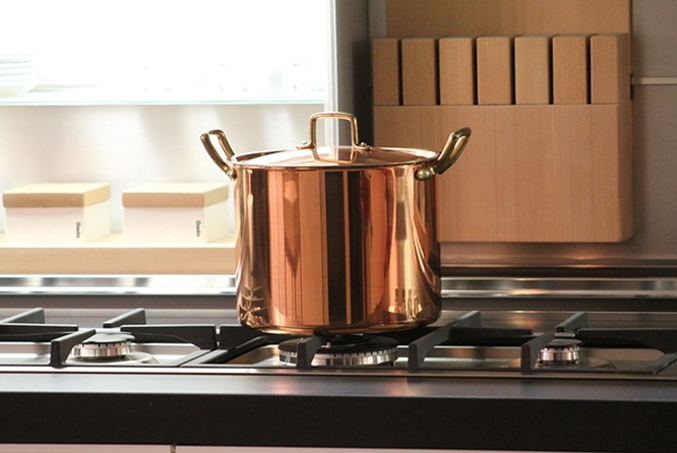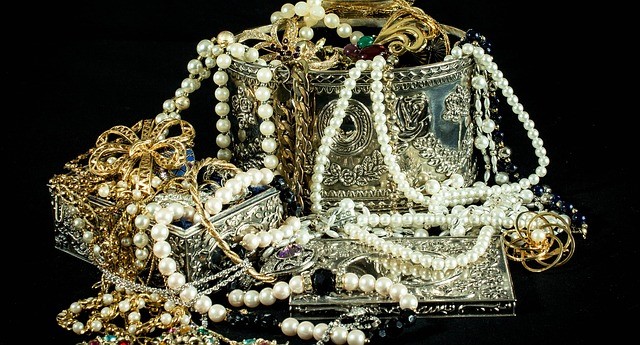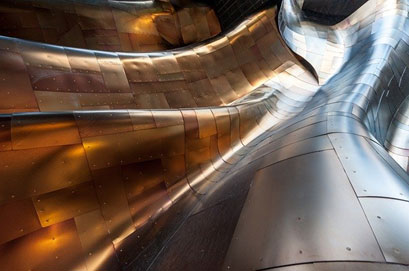While gold and silver are irrefutably the most well-known of the 95 metals in the Periodic Table of Elements, to metallurgists and metal connoisseurs, they are nothing out of the ordinary. The real icon in the world of metals is copper, and for a number of good reasons.
- Copper is believed to be the first metal humans discovered, dating back to 10,000 years ago. Even before rulers of the first empires wore golden crowns and accessories, copper was already widely utilized for cookware, work tools, and fittings.
- It is chockfull of properties that are useful for a vast array of structural and decorative applications.
- It’s more abundant than the majority of non-ferrous metals.
- It’s easy to combine with other metals to form alloys, thereby allowing the creation of new, expedient materials.
- Copper production is so immense an industry that it is often used as a basis for determining the state of global trade.
Properties of Copper
As mentioned, copper is prized for its many useful properties. It’s no wonder copper & brass sales have never seen a significant decline in the last few years. Copper alloys turn out to be extremely useful for the exact same reason. Let’s take a look at some of copper’s more valuable properties.
-
Workability
– Copper is a malleable and ductile metal. It can be hammered or rolled into thin sheets and drawn into small wires without breaking. In its purest form, copper can be worked cold, but a copper sheet supplier may have to hot work it if it’s combined with another much less pliable metal, such as zinc or lead.
-
Electrical/Heat Conductivity
– One of the most prominent properties of copper is its high electrical and heat conductivity. It is so conductive that 95 percent of all the transformers, cores of electrical wires, and other conductors are made of copper. Silver is the only metal that is more electrically conductive than copper, but it isn’t good at handling heat, which is why copper is still preferred for electrical applications.
-
Durability
– Most metals corrode as they oxidize. Iron, for instance, slowly reduces to rust when exposed to oxygen. Copper, on the other hand, oxidizes by developing a protective layer on its surface, called patina. The longer the exposure, the tougher the patina gets. This green layer of protection can preserve the inside of copper for thousands of years.
-
Anti-Bacterial
– Copper is also one of the few metals that can produce the oligodynamic effect, a phenomenon in which ions of copper break down certain proteins that make up single-celled organisms, killing them eventually.
-
Recyclable
– Over 80 percent of all the copper ever mined and manufactured are still in use today, and they are all recyclable. Because of this, copper is considered one of the most eco-friendly metals.
10 Uses of Copper
There are more things around you that are made of copper or copper-based alloy than you probably know. Part of the reason is that copper alloys come in different colors and shades depending on their composition. This means they don’t have a single identifying feature. Here’s a list of things copper is used for.
-
Kitchen Sink
– Copper is a good choice for kitchen sink because it is generally resistant to corrosion and it has anti-microbial properties. For those who are not a fan of patina, however, pure copper is out of the question. They prefer copper alloys that take longer to tarnish, let alone develop patina.
-
Table Tops
– As mentioned earlier, copper is extremely malleable. You can turn it into thin sheets or plates that make a perfect cover for table and counter tops. Copper’s anti-microbial property makes it suitable for this application as well since these are high-touch surfaces.
-
Jewelry
– Copper is also a good material for accessories. Even in the ancient times, those who can’t afford gold jewelry wear copper jewelry instead. It offers design flexibility too due to its high ductility.
-
Door Knobs and Pull Handles
– Maybe you haven’t noticed this but most, if not all, of the door knobs and pull handles you’ve ever held are made partly of copper. They can only be either brass or bronze.
-
Railings
– When you’re in the train, at a balcony, or on the stairs, odds are you’ll clutch on to the copper-based railing nearest you. Like table tops, railings are also commonly touched surfaces, which is why they are best made of a metal with antimicrobial property. They are conspicuous, too, so they must be made of a naturally elegant-looking material.
-
Tools
– Ever wondered what metal your wrenches, pliers, screw drivers, and other house tools are made of? Judging by their physical features, you can easily tell that they are copper-based. Specifically, most of them are made of beryllium copper, a non-sparking and non-magnetic alloy that works well in hazardous workspaces.
-
Musical Instruments
– Copper alloys are also valued for their acoustic quality, especially brass, an alloy of copper and zinc. There are so many brass-based musical instruments that an entire subset of them was named brass.
-
Wire
– Copper’s high electrical conductivity makes it the safest and most efficient material for wire cores. Unlike silver, it doesn’t burn up when conducting high voltages.
-
Pipes
– Copper’s antimicrobial property once again proves extremely useful, and this time in filtration applications. Pipes used to convey water or substances requiring zero-level contamination are often made of copper alloys.
-
Gutter
– It’s probably not the most frugal choice, but a copper gutter is a great addition to your roofing system. It lasts longer, repels mold and mildew, and looks appealing. However, since copper is a little bit more expensive than its galvanized counterpart, you have to be ready to fork out more cash.
There’s just so many uses of copper in everyday life. Over a hundred different copper-based alloys have been discovered since the industrial revolution, and most of them are massed produced and commercially available. Thanks to reputable copper suppliers like Rotax Metals, you have access to superior materials for your projects.




 Metals are classified into two types. Those that contain iron and are widely utilized for large-scale construction and industrial applications are classified as ferrous metals, while those that don’t contain iron and are often exploited for their electrical conductivity, corrosion resistance, and antibacterial properties are classified as non-ferrous.
Metals are classified into two types. Those that contain iron and are widely utilized for large-scale construction and industrial applications are classified as ferrous metals, while those that don’t contain iron and are often exploited for their electrical conductivity, corrosion resistance, and antibacterial properties are classified as non-ferrous.